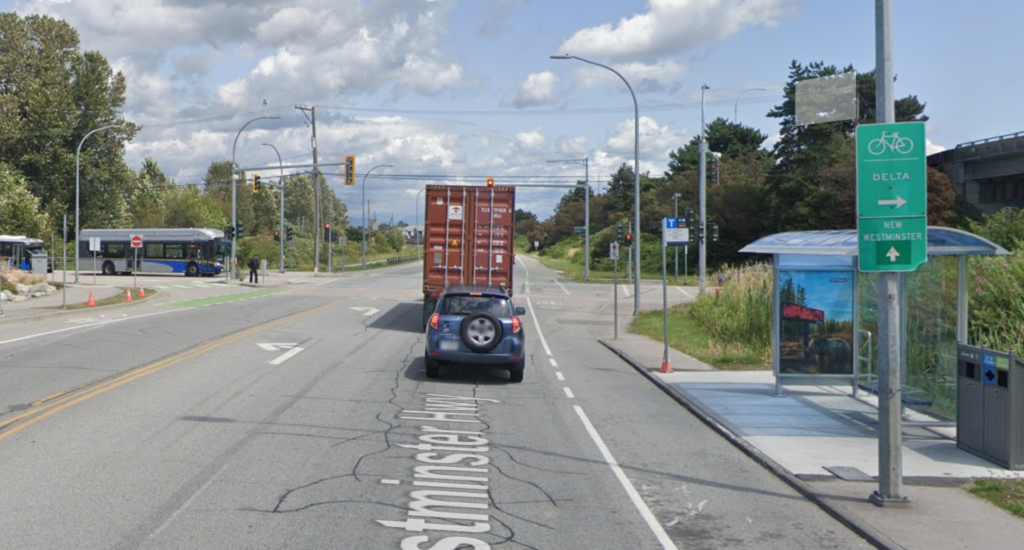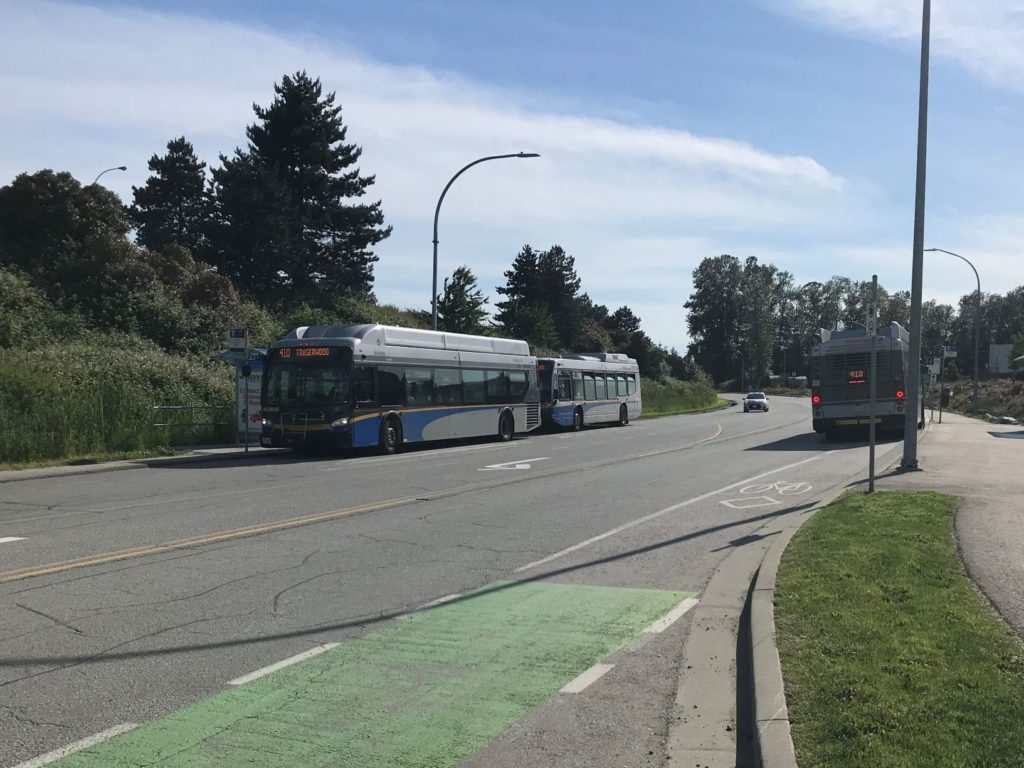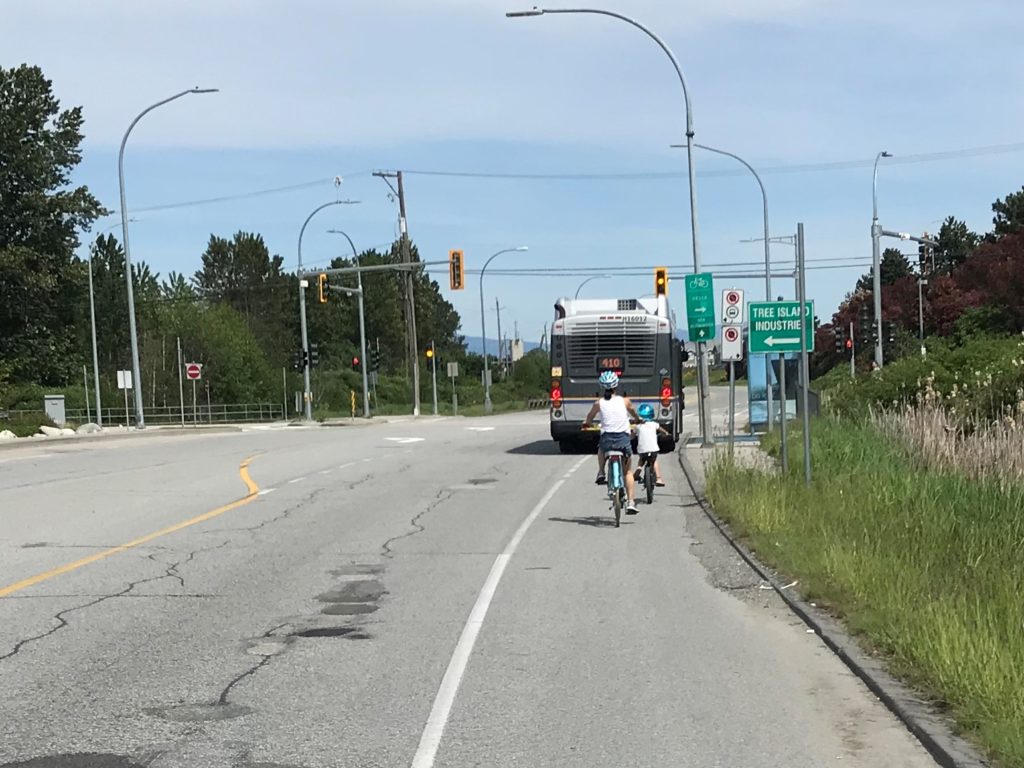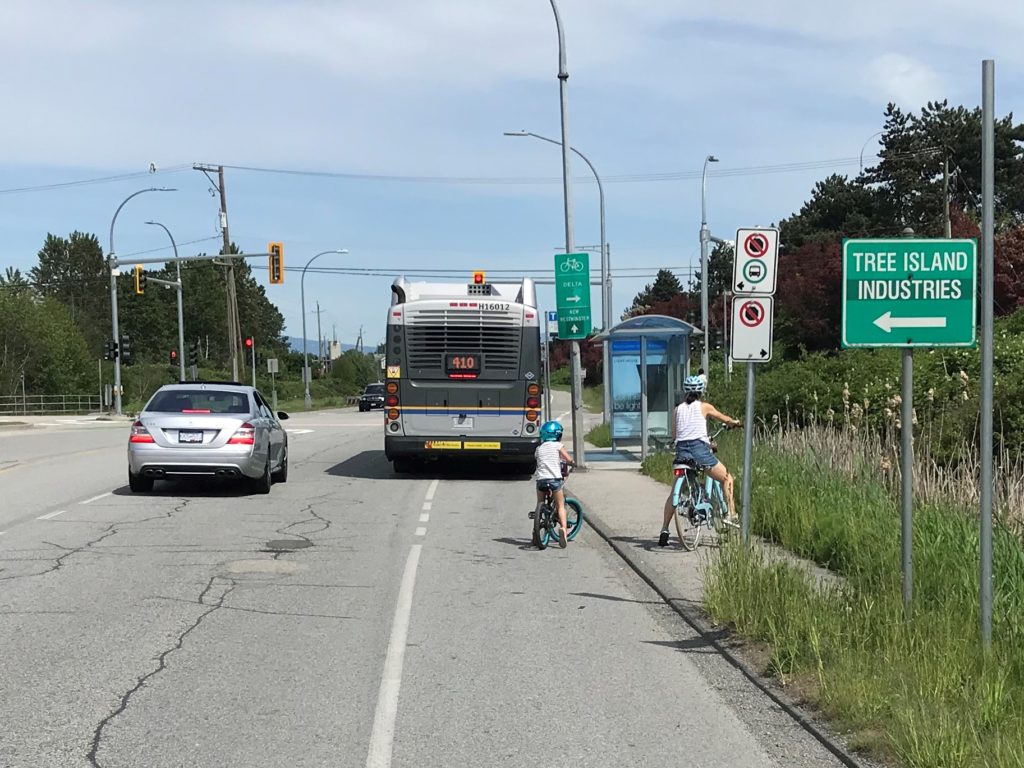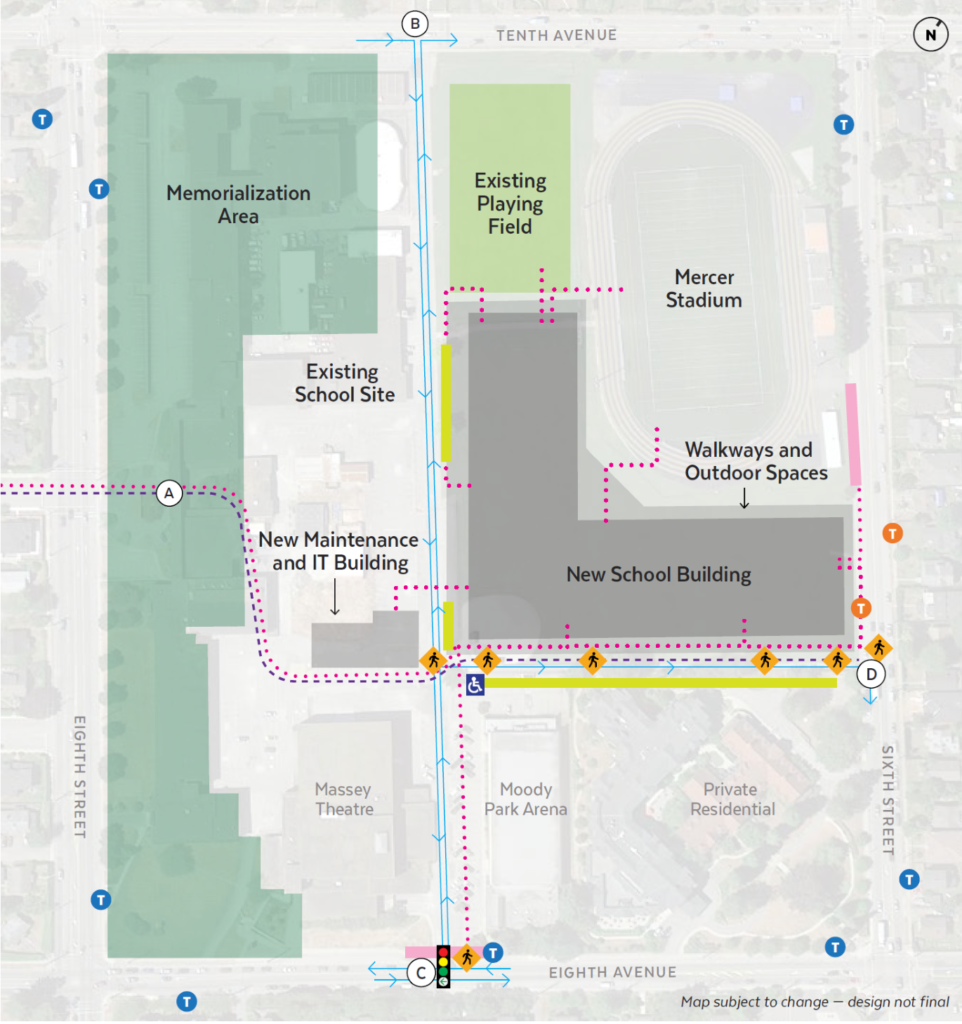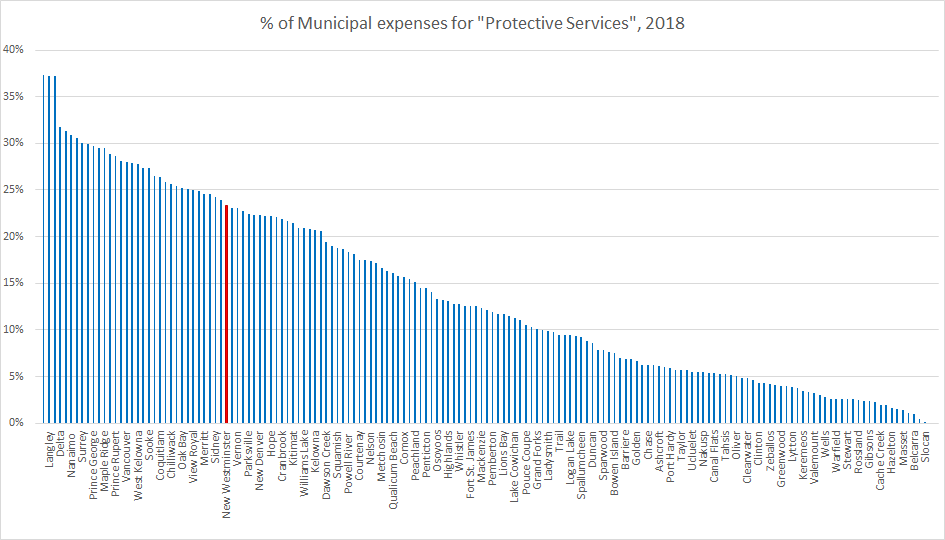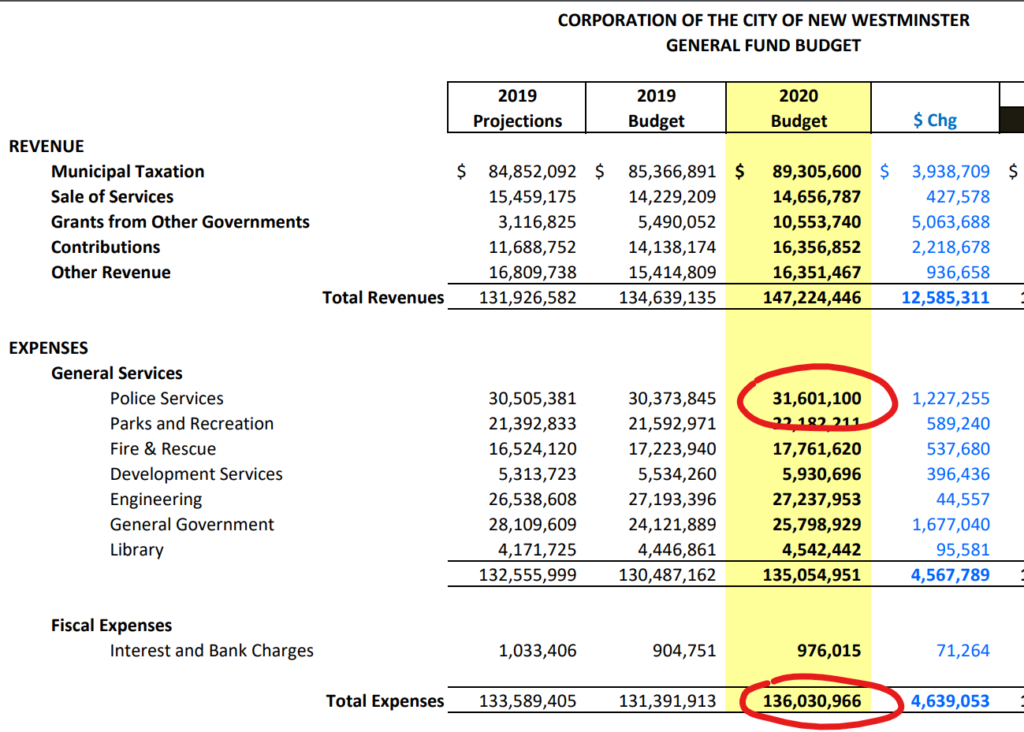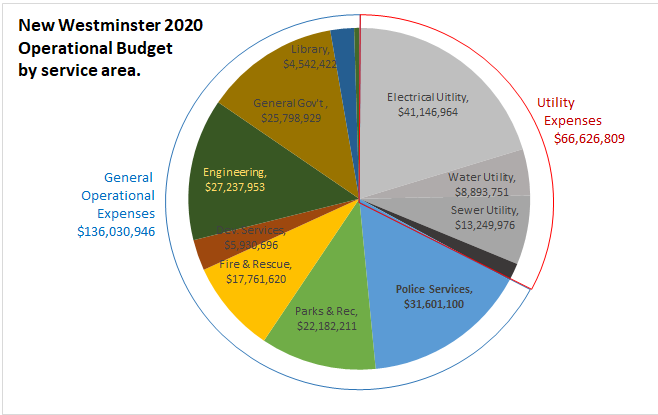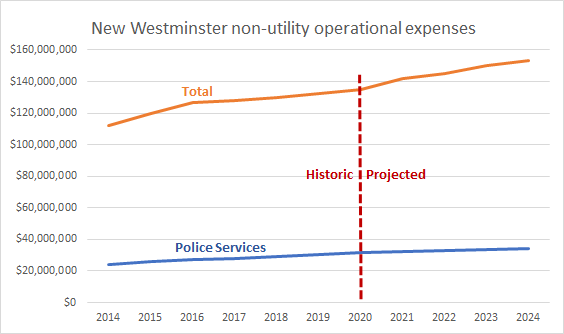We had a busy Council meeting on Monday, including our first attempt at a “remote” Public Hearing and Opportunity to the Heard, which was a bit of an adventure. I will talk about those in a follow-up post, and will here just get through the regular Agenda:
First off, we had to start by making it all legal:
Ministerial Order No. M192: Continuation of Electronic Council Meetings during the COVID-19 Pandemic
We have been meeting electronically during the pandemic, almost weekly since mid-March. There are procedural and legislative stuff we need to do to permit this, and the provincial government has facilitated that though Ministerial Orders. As the older MO 139 has been repealed and replaced with MO 192, we need to have a resolution to adopt this.
We recognize public participation in Council Meetings has been hampered, and local government in BC has always operated on a principle of transparency and giving space for public participation. This meeting has our first “Public Hearing” under new protocols, but we are still strictly operating through electronic and remote means. Staff are working on how to safely implement Open Delegations and a re-opening of the Council Chambers to public attendance and participation during the “reopening” phases of the pandemic response. In the meantime, we are doing what we can to assure the process of City Council and the decisions made are as transparent as possible, and the public have opportunities to provide feedback to Mayor and Council. As always, send e-mails, call us up. Drop us a line. We can’t be in the room together, but we need to keep the communication happening.
Then we had a Presentation:
Downtown Transportation Plan – Key Directions and Implementation Plan
The City’s Master Transportation Plan was adopted in 2015, but it had a pretty significant “grey area” around downtown. The overarching goals of the MTP (pedestrian priority, reducing car trips, etc.) still apply to downtown planning decisions, but the details of downtown are complicated. It was recognized in 2015 that more detailed work and more consultation with stakeholders had to happen to make Downtown fit into the bigger plan. For two years, we have been working on a Downtown Transportation Plan, and it would have been unveiled already if COVID hadn’t rudely intruded in March. This is the draft plan being passed by Council prior to it going out to stakeholders one more time. With a little tweaking, we can adopt in July.
There is a lot in here, so I’ll keep my points of interest short. The proposed plan outlines two types of bike routes: primary “All Ages and Abilities” routes and a network of secondary ones. I am more interested in completing this primary network than the sharrows & signage of the secondaries, and question whether 10th Street should even be on the secondary list, but the priority routes are good, and overdue. Especially Agnes Street Greenway, which has the potential to redefine Downtown New West to the same scale that Pier Park did.
There are some pretty exciting changes proposed for the bottom of 8th Street. This is the new great crossroads of our City, and it is a pedestrian crossroads. Unfortunately, cars still rule the space, making for crowded sidewalks and inconvenient traffic signals. The current design does not reflect current use. I lament some of the design choices we made in the last decade around putting parking garage entrances and loading bays on this street. I loudly lamented them at the time, and still lament them, as they make our job today recreating a safe, comfortable, and functional pedestrian space much harder. My only hope is that we can move faster on the proposed changes, and see them in our current 5-year financial plan.
I love this diagram:
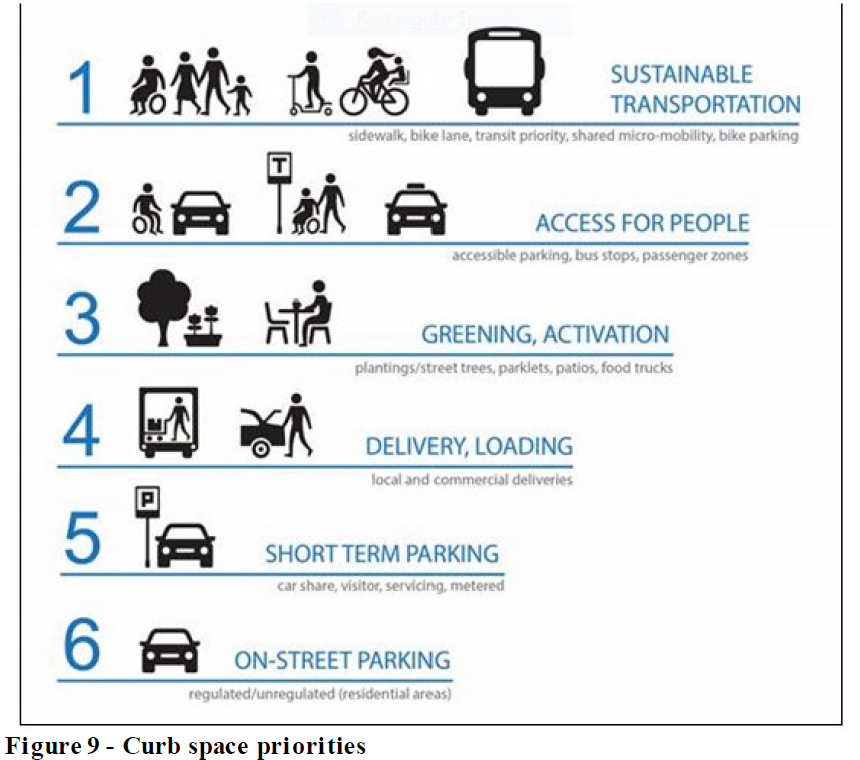
This is a great acknowledgement that in a busy, dense, mixed-use urban area like Downtown, curb space is a valuable commodity. Arguably, it is even more valuable than road lanes, and often too valuable to waste on car storage. This prioritization of how that valuable space will be allocated is important, because the curb is where many transportation battles are fought, and we need to have policy guidance to inform how we address those conflicts.
Overall, this is a good document, with maybe a few tweaks. The big grey oval in the Master Transportation Plan still has a few smaller grey ovals within, but we are moving along.
The following items were Moved on Consent:
Submission to the Department of Canadian Heritage Museum Assistance Program for COVID-19 Emergency Support Funding
We are applying for federal support to help with financial shortfalls at the Museum and Archives related to COVID though a targeted support program.
709 Cumberland Street: Heritage Revitalization Agreement – for Preliminary Review
There was a heritage house near the Canada Games Pool that was knocked down by the owner in violation of its protection covenant a few years ago. A new owner now wants to repurpose the site, including bringing a heritage house from Royal Avenue and re-building the original heritage house. This will require a new Heritage Revitalization Agreement. There would need to be a few zoning relaxations (minimum lot size, FSR, and setbacks). This is an early check in to see if Council is OK for it going to public consultation, heritage review, etc., so more to come here.
Submission to the Federation of Canadian Municipalities (FCM) Green Municipal Fund (GMF) for Feasibility Study of Agnes Greenway
As mentioned above, we are working on the plans for the Agnes Greenway, and there is a federal infrastructure planning fund we can apply to for a grant to help pay for the design work. We are applying for this.
2019 Consolidated Financial Statements
This is the official submission we send off to the Province to comply with regulations around financial reporting; the audited financial report from last fiscal year. What details do you want? The City ended the fiscal year with $203M in fiscal assets and $153M in liabilities, which puts us $50M in the black (financially). We also have $705M in capital assets (buildings, roads, pipes, vehicles, lawnmowers, etc.). We took in $226M in revenue last year ($85M in the form of Property Taxes), and spent $195M, which means we added $31M to our accumulated surplus. We ended the year with $116M in financial investments, and $66M in long-term debt. We are in good shape financially, and are ready to invest in a significant capital program. Of course, COVID is throwing a wrench into this, but that is the task ahead of us.
The following items were Removed from Consent for discussion:
Draft Recovery Action Plan for Council’s Consideration
We are working out the details of the recovery plan here for the City, now that it looks like the provincial government is leading that way. Of course, we will continue to follow provincial health and safety guidance, and need to be prepared for setbacks and second waves, but we also need to start supporting concrete moves to the post-COVID world.
The work is everything from re-designing how the City facilities work to permit physical distancing to determining which staff re-assignments need to occur when, and how and when to bring some auxiliary staff back, based on which services we can restart. This is a monumental amount of work, more so when you realize none of the staff have done anything like this before. We will make mistakes, but hopefully if we have strong principles and recognize everyone’s limitations, this can hopefully reduce, not increase, the anxiety and stress of re-opening the City.
For Council, the difficulty here is that we are still in uncertain financial times. Despite the good financial shape the City was in at the end of 2019 (see above), things have clearly changed for the general economy and for the cash flow of the City. At the same time, response to the emergency is going to require some investments – the community needs support in new ways, and we need to be ready to provide that support. If we approach recover with a mindset that we simply cannot afford to do these important things, the recovery will be more difficult. Finding the balance between cost savings and meeting the goals and expectations of the community is always the tension at the heart of this work. I will continue to challenge an austerity approach at any level of government when the community is in need.
COVID-19 Pandemic Response – Update and Progress from the Five Task Forces
As we have done since late March, every meeting we get a reporting out from our COVID response working groups in the City. This is a good summary of the City’s work during the crisis. This includes work City staff has been doing to support vulnerable residents during this crisis, seniors, local businesses, and the general community through education.
Artist Selection – New Westminster Aquatic & Community Centre Public Art Project
The City’s Public Art program includes funding for art installations in all new major infrastructure projects. The Replacement for the Canada Games Pool and Centennial Community Centre New Westminster Aquatic and Community Centre project is a big piece of infrastructure, and the Public Art Advisory Committee has identified a successful applicant in the call for public art to enhance the building. A piece by James Harry will grace the public plaza on the west side of the building.
8 – 30 Capilano Way: Temporary Use Permit – Notice of Issuance
A company that rents out pinball machines to bars has been having a hard time of it during the Pandemic, as their customers are all closed. They want to open up their warehouse in the Braid Street Industrial Area to allow people to come there and play. This is not a business type permitted within the existing zoning for his property, so they are asking for a Temporary Use Permit, similar to what the other recently-opened arcade in town received. We had some discussion about whether this is appropriate use for the city’s limited industrial space, but a shorter Temporary Use permit seemed to meet consensus at Council.
There are some concerns about how an arcade would operate during the Pandemic, but apparently there are Phase 3 protocols for amusements. There will be both limited capacity, and no food or alcohol service. Council will receive public feedback on this application until July 13th, then consider the application at the Council meeting. If you have an opinion, let us know.
Front Street Temporary 2020 Summer Weekend Opening to Pedestrians and Cyclists
We need more outdoor space this summer, which will be, unfortunately, the summer without festivals. Previous closures of Front Street have permitted gathering, and great connections between Pier Park and Sapperton Landing Park. There have been suggestions this year that closing Front over the weekend may give people more reason to go outside and more space to enjoy outside. Unfortunately, the Railways will not permit access from the east end of Pier Park, but connecting Downtown to Sapperton Landing and creating a large flexible open space along the water all summer was supported by council.
We had three Development Variance Permits that received public comment and were ready for Council approval:
DVP00678 to Vary Off-Street Parking Requirements at 1065 Quayside Drive
As I talked about last meeting, there is a high-rise in the Quay that houses an antenna for the 911 system, and its back-up generator needs replacing with a larger unit, which means the building will lose a parking spot for which they need a development variance permit, since their original development permit required a minimum number of parking spots. We asked if people had opinions about this, and we got 7 letters, mostly seeking clarification (which makes sense as this is a bit strange) but none strenuously opposed. Council moved to issue the DVP.
DVP00679 to Vary Off-Street Parking at 327 East Columbia Street
Also mentioned last meeting, a daycare in Sapperton wants to expand but doesn’t have sufficient parking for the zoning requirement for that expansion, so they want a variance to open with less than the minimum parking stalls. We asked for your input and didn’t get any correspondence. Council voted to approve issuance of the DVP.
DVP00681 to Vary Rear Yard Setback at 427 Fourth Street
Finally, we talked last meeting about this homeowner who wishes to put an addition on his house, but at least in part of a strange subdivision of his property dating back to 1912, this will result in his addition being too close to the back lot line (though it will be in line with the existing house), so this needs a variance. We asked for public consultation, and received two letters, both form neighbours, and both opposed due to proximity issues. I general agree with the staff assessment that the variance is minor, and is consistent with the existing landscape of the house. Council voted to approve issuance of the DVP.
Finally, we had one motion in New Business:
COVID-19 Data Collection Councillor Nakagawa
BE IT RESOLVED THAT the City of New Westminster write to the provincial and federal Ministers of Health requesting that they collect disaggregated data including race, socioeconomic class, and disability that will allow for evidence-based health care and social program interventions; and
THAT the data are analyzed and interpreted with community leadership and input; and
THAT the data are collected with the intention of being understood as indicators of systemic and structural oppression to identify root causes of disparity; and
THAT this letter be forwarded to all BC municipalities asking to write their support as well.
I think the motion speaks for itself.
And that was it for our main business, but we had a Public Hearing and Opportunities to be Heard, which I will outline in a follow-up blog post.

